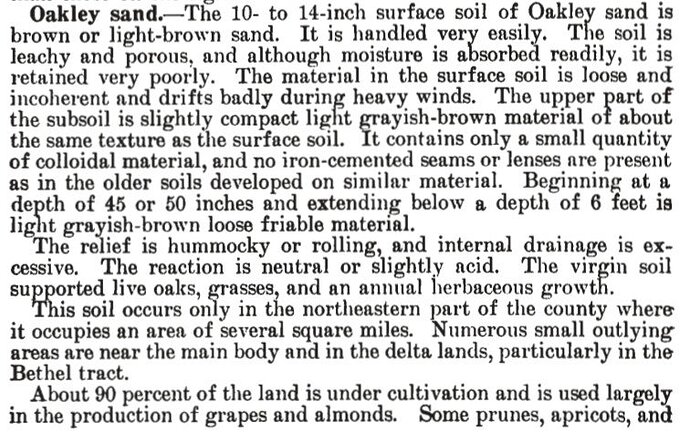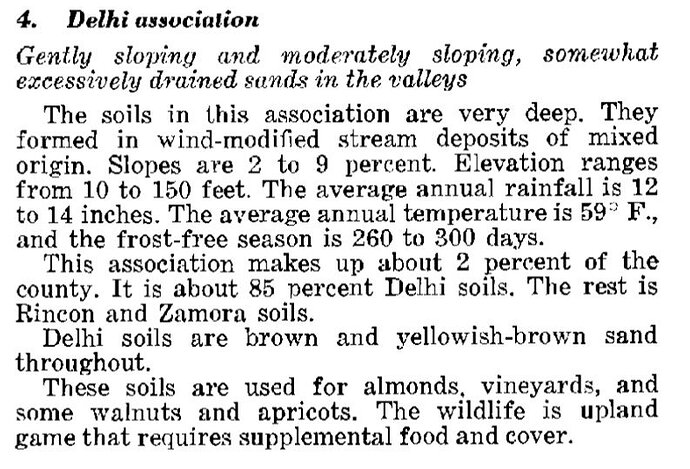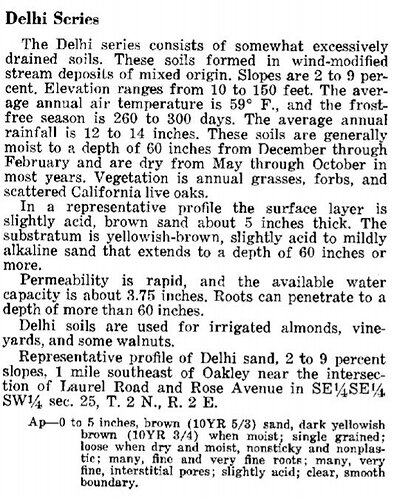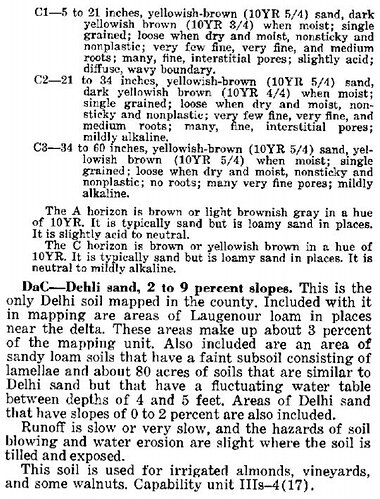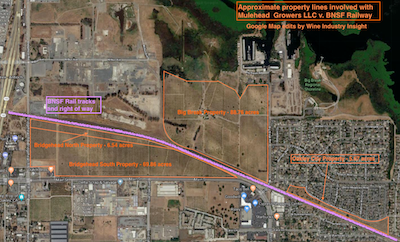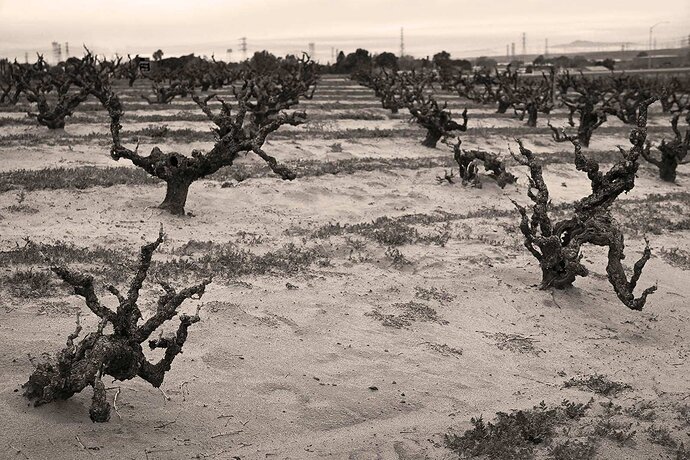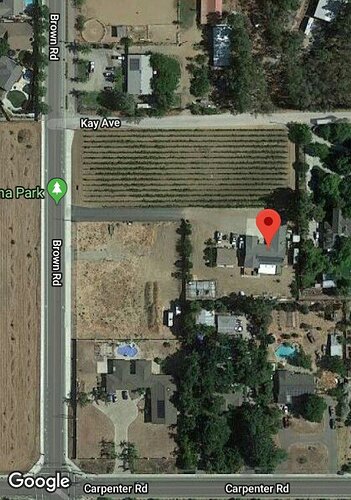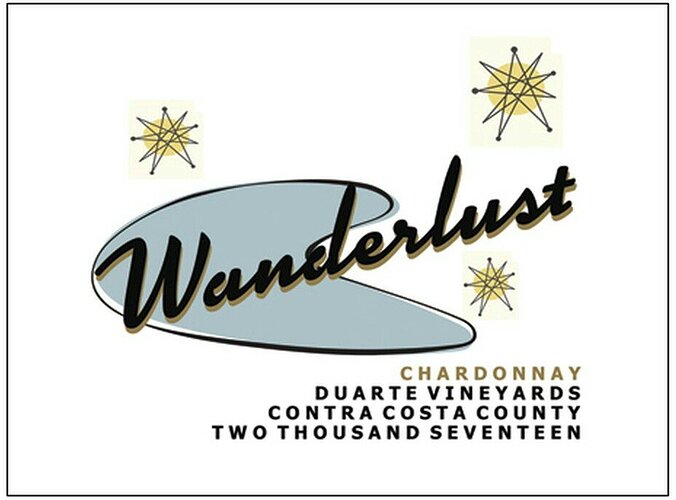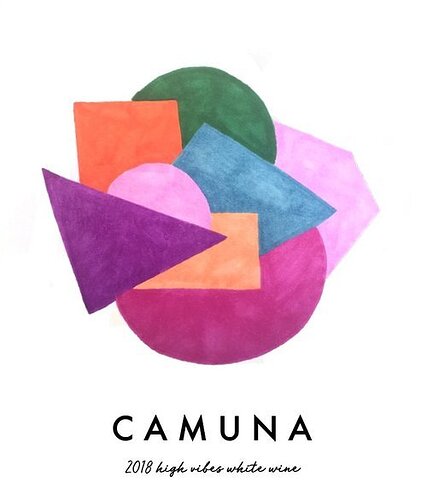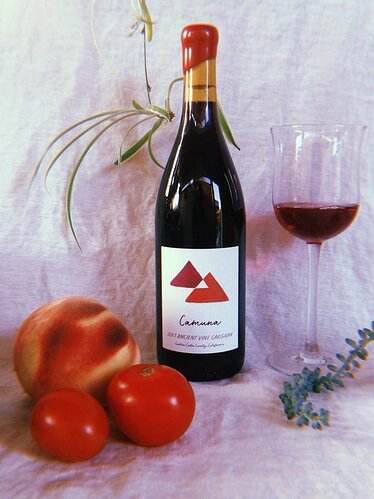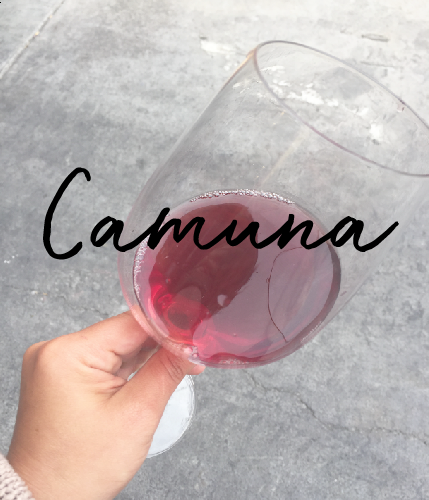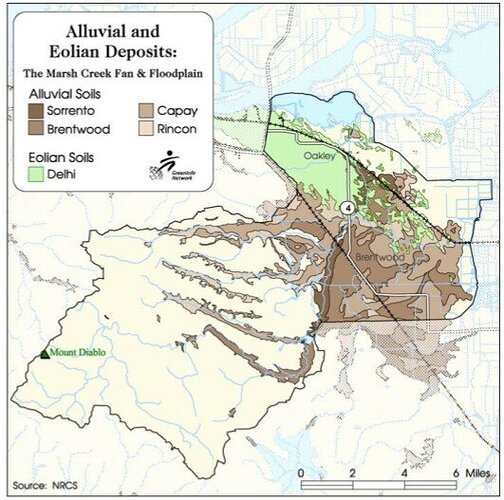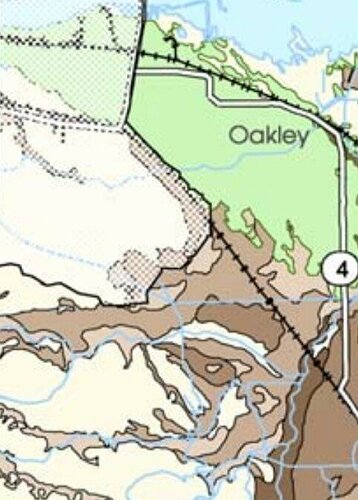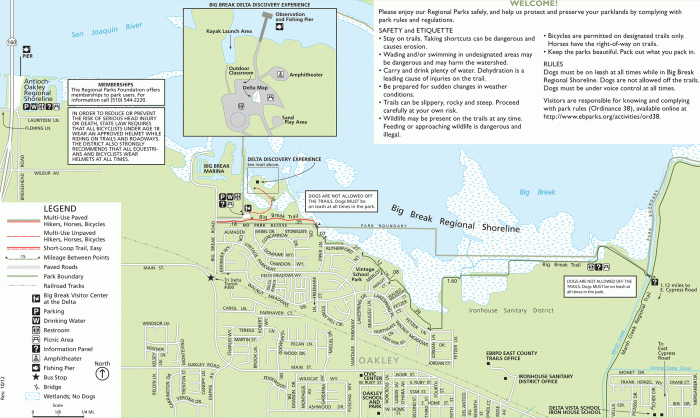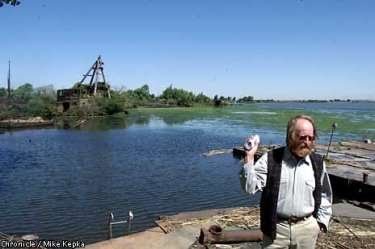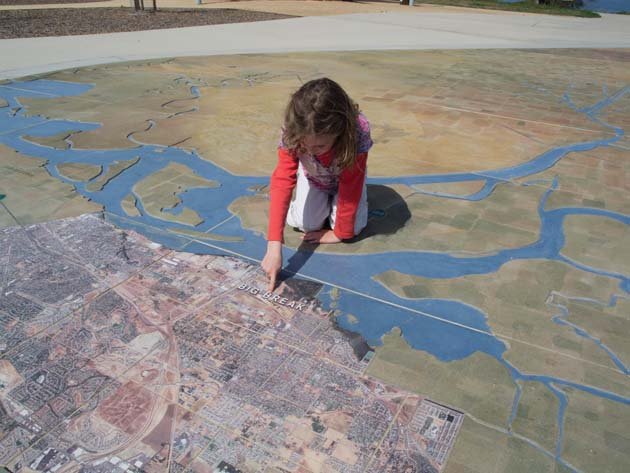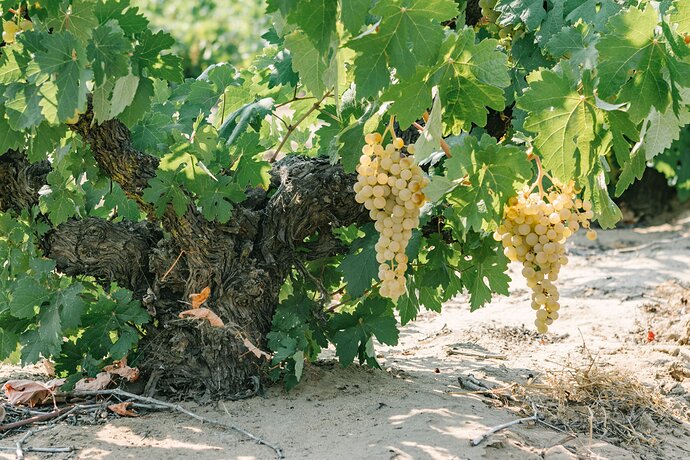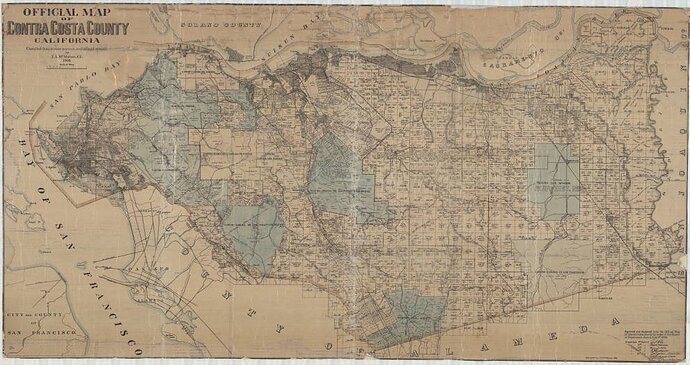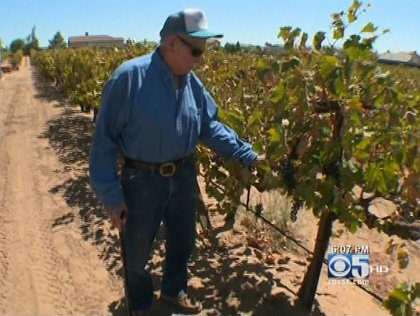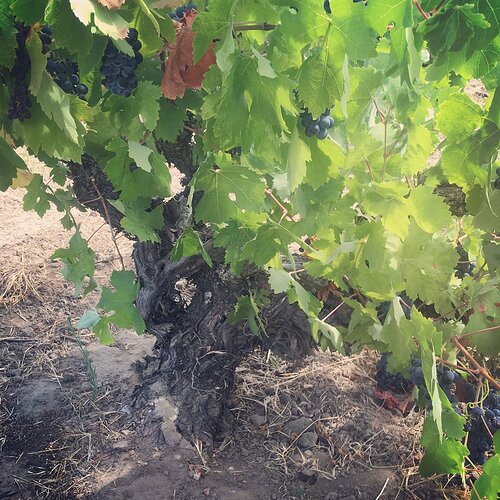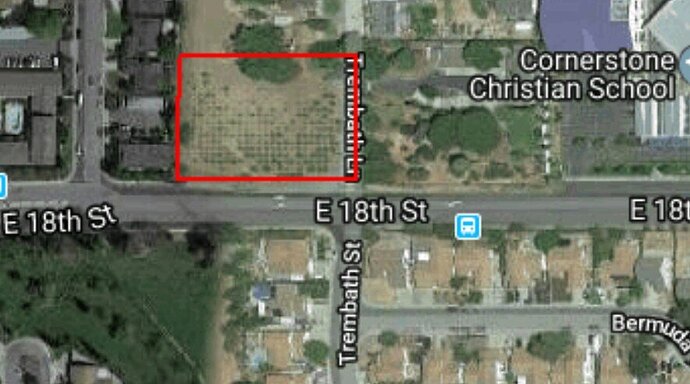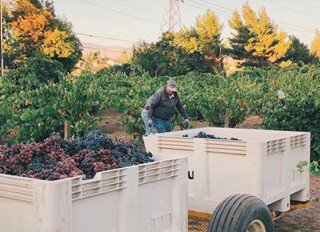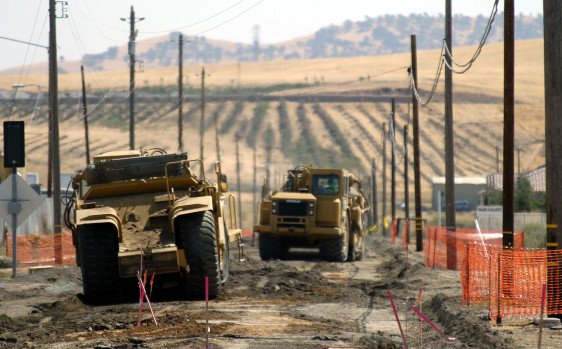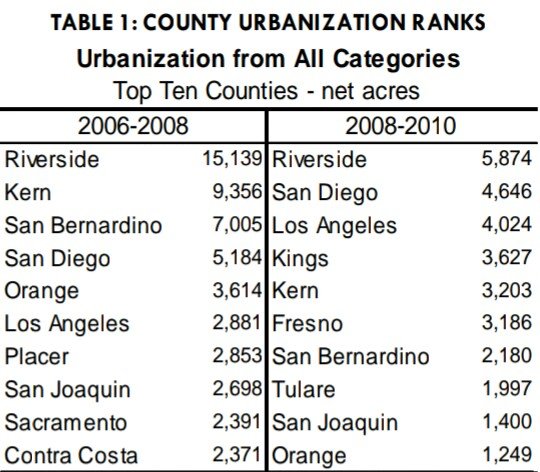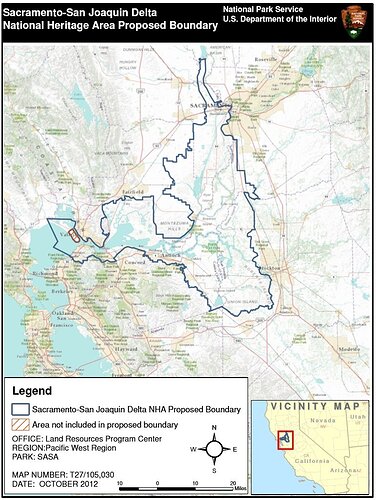The CalWineCountry podcast is hosted by Dan Berger and Steve Jaxon. Cline Cellars’ Fred Cline appeared as a guest on the show last year:
California Wine Country (Podcast)
“Fred Cline, Cline Cellars & Jacuzzi Wines”
April 25, 2018
"Fred Cline from Cline Cellars and Jacuzzi Wines is our guest today on California Wine Country with Steve Jaxon and Dan Berger.
"They started out in Contra Costa County in Oakley, now they are in Sonoma County. Jacuzzi was opened in 2007. The two wineries are across the street from each other on Arnold Drive (Hwy 121) in Sonoma Co.
“…Next they taste a Red blend also called ‘Cashmere Black Magic’, which is dark red from Alicante Bouchet grapes. Dan says it’s a real crowd pleaser, tasty to drink now because of the flavors in all the different varieties. The next wine is their Mourvedre, then a Carignane. Dan says it’s another pizza joint wine, pleasing and tasty with mid-palette fruit, but with tannins enough to stand up to a steak…”
Cline Cellars bottles vineyard-designated red wines from Contra Costa County as well as county-level varietals:
• “Big Break” Zinfandel:
“Big Break Vineyard was named after a levee that collapsed over 80 years ago, flooding the local farmland. This area typically produces pervasive and distinctive lots of Zinfandel. The combination of the extremely sandy, well-drained soils, dry-farmed century-old, head-trained vines, and the unique band of cooling air from the San Joaquin and Sacramento Rivers flavor Oakley’s best vineyard sites. In fact, this block of land is situated between the San Joaquin River and a Eucalyptus grove. Both of these elements contribute to the wine, enhancing its taste by adding a minty character. The combination of the aforementioned creates a synergy of elements that are ideal for both ripening, as well as expressing the full character of the Zinfandel grapes.”
• “Bridgehead” Zinfandel:
"“Our Bridgehead vineyard is named after Bridgehead Road in Oakley, California, which runs adjacent to our treasured vineyard. This vineyard consistently produces one of our most individual and refined lots of Zinfandel. It was planted by Italian immigrants well before the turn of the century and is one of California’s most historic vineyards. The vines are head-trained and dry-farmed in sandy soils. The area also boasts a unique band of cooling air from the Sacramento and San Joaquin Rivers. These qualities create an incredible synergy of elements that express the unique characteristics of this site.”
• “Live Oak” Zinfandel:
“Our single vineyard Live Oak Zinfandel is named for Live Oak Road in Oakley, California. The vineyard is adjacent to this road and consistently produces some of our most complex, concentrated and unique lots of Zinfandel. Cline Cellars has chosen to dry-farm the ancient, head-pruned vines, a practice employed by the Italian and Portuguese immigrants who planted this vineyard well before the turn of the century. The Oakley terroir is characterized by the hot sun, sandy soil, and a unique band of cooling air that flows from the Sacramento and San Joaquin Rivers, producing a stunning and concentrated Zinfandel.”
• “Heritage” Zinfandel:
“The prized 100-year-old Big Break, Live Oak and Bridgehead vineyards in Oakley, planted in deep, sandy soil, dry-farmed and head-pruned, as they were 100 years ago.”
• “Lucchesi” Petite Sirah:
“The 2016 Cline Petite Sirah is made from grapes grown on the 3 acre Lucchesi Vineyard. Planted in deep, sandy soil and dry farmed, we feel that this 40 year old vineyard provides us with an intensity and richness that yields our highest quality Petite Sirah grapes.”
• “Big Break” Grenache:
“…We allow our Grenache grapes to reach full ripening, with Brix at 25.8 degrees at harvest. The results are expressive and complex grapes that make a delicious wine.”
• “Small Berry” Mourvèdre:
“Our Small Berry Mourvèdre grows in a very special small block at Big Break Vineyard that consistently produces one of our most complex and concentrated Mourvèdres. The vineyard is bordered by Eucalyptus trees which gives the wine a signature minty note. The vines in this block are over 100 years old and planted on their own roots, making this one of California’s most historic vineyards. The vines have survived on their own roots because they grow in sand which keeps the phyloxera root louse in check. We dry farm these ancient, head-pruned vines, continuing a practice employed by the Italian and Portuguese immigrants who planted this vineyard before the turn of the last century.”
• “Late Harvest” Mourvèdre:
“The Big Break vineyard was chosen for this Late Harvest Mourvèdre. It’s planted in deep sand-soil, which is dry-farmed and benefits from the drying winds that blow through Contra Costa County. The vineyard carried a light crop of grapes that ripened and dehydrated without rotting to a high sugar content. By the time the grapes arrived at the winery, the lot was 25% raisined.”
• “Ancient Vines” Carignan:
“Our Ancient Vines Carignane draws from four separate vineyards located in the northwest area. These vines all share sandy soil and a cooling effect from the proximity to the San Joaquin River. The newest vineyard dates to 1940, while the oldest vineyards date back to the early 1900s.”
• “Ancient Vines” Mourvèdre:
“The 2016 Ancient Vines Mourvèdre draws from some of our oldest, most historic and shyest-bearing vineyards. These blocks produces fruit of stunning concentration. We reach this concentration as a result of sensitive farming practices, the singular Oakley terroir, and a unique cooling band of air that flows in from the San Joaquin and Sacramento Rivers. By naturally restricting yields to only 2 to 3 tons per acre we are able to achieve a sublime expression of the Mourvèdre fruit. These grapes hold characteristics of dark, dusty berry fruit that makes our Ancient Vines Mourvèdre so lustrous.”
• “Ancient Vines” Mourvèdre Rosé:
“Mourvèdre grapes for this rosé come from our Oakley vineyards in Contra Costa County. These vines grow in the deep sand-soil along the delta of the San Joaquin and Sacramento Rivers. Cool winds blow off the water and allow the grapes to hold their bright acidity. The combination of low average rainfall and fast-draining soil in the region limits the production of the vines, resulting in a scant but intensely flavored crop.”
• “Ancient Vines” Zinfandel:
“Our 2017 Ancient Vines Zinfandel draws primarily from a wide selection of our oldest, most historic and shyest-bearing Zinfandel blocks in Contra Costa County. These ancient, dry-farmed vineyards consistently produce fruit of stunning concentration.”
• Cashmere Series:
› Rosé (91% Zinfandel, 9% Primitivo)
› Red (58% Mourvedre, 29% Syrah, 13% Grenache)
› Black (Petite Sirah, Zinfandel, Mourvèdre, Carignane, Alicante Bouschet, Grenache, Syrah, Merlot)
› White (NOT from Contra Costa)
Tasting Pour
“Cline Cellars Ancient Vines: Vine In-Clined”
October, 2012
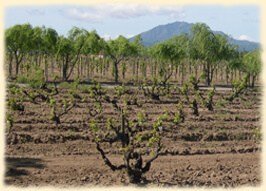
The backstory of the Cline brothers’ ascension to the forefront of Contra Costa’s grape-growing during the 1980’s is elaborated on in the following 2003 article:
SF Gate
“Where the Heck is Oakley?”
by David Darlington
May 22, 2003
Cline Cellars website:
Jacuzzi Family Vineyards website:
